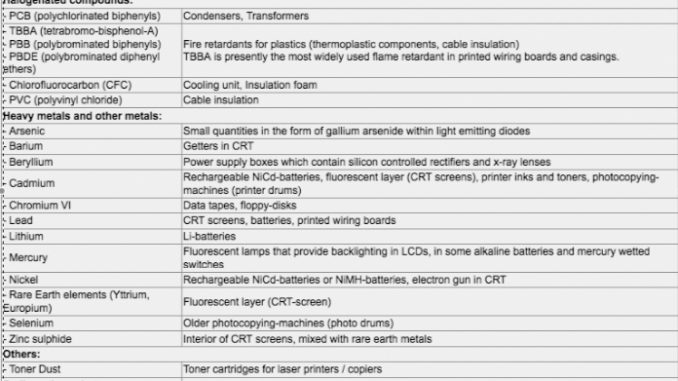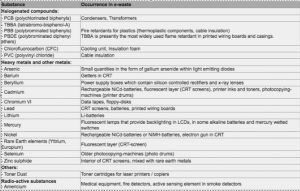
Laura Nayibi Arias, Culture Editor
Most, if not all, of us have a cell phone. Some of us even have two cell phones. We love them; they help us communicate with other people geographically close to us and people across the world. Some say they cannot live without them, others are addicted to them. With an increasing population and greater demand for communication due to the incline in standard of living, cell phones and other electronics are needed today.
With so many engagements and responsibilities, people want phones to keep them organized and up to date with anything from current issues, to their choice of entertainment. According to reporter Cecilia Kang from the Washington Post, in 2011 the number of mobile devices in America was at 327.6 million , while the human poupulation was at 315 million. You might be wondering what the problem with having a phone is but the problem is not that people have cell phones. But rather that because of over population, more of them are produced; people get updates and throw their old ones away. This is also the case with old televisions, DVD players, and other electronic devices.
What people may not know or may not care to know is that there is no “away,” and today e-waste, short for electronic hazardous waste, is a critical environmental hazard. As suggested by Greenpeace, “Of the estimated 8.7 million tonnes of e-waste created annually in the EU a massive 6.6 million tonnes of e-waste is not recycled.” Greenpeace also speculates that the reason most of the e-waste is not being recycled is because many times people just store electronics that are no longer in use, delaying the process of them even thinking to recycle them. When they finally decide to dispose the electronics, they mix them with their domestic waste and the electronics end up in a landfill.
Electronics being used today are made up of many different parts that are responsible for different functions and are usually created with different materials and chemicals. Above is table created by ewasteguide.info that provides us with a list of the toxins in specific parts of an electronic device. When these devices are discarded irresponsibly, they end up in a landfill and sometimes even in water bodies. After a while, they begin to leach out chemicals and sooner than later those chemicals are in our soil, water, air, and bodies.
Like any other hazardous chemical, once in our bodies they are not friendly and can cause illnesses. E-waste is just an addition to the sources of through which hazardous chemicals arrive into the natural world.
Recycle your e-waste locally at:
Casella Resource Solutions
49 Lower River St Oneonta NY 13820
Customer Service: (800) 292-0297
Hours: Mon – Fri: 7:00 AM – 6:00 PM
Leave a Reply